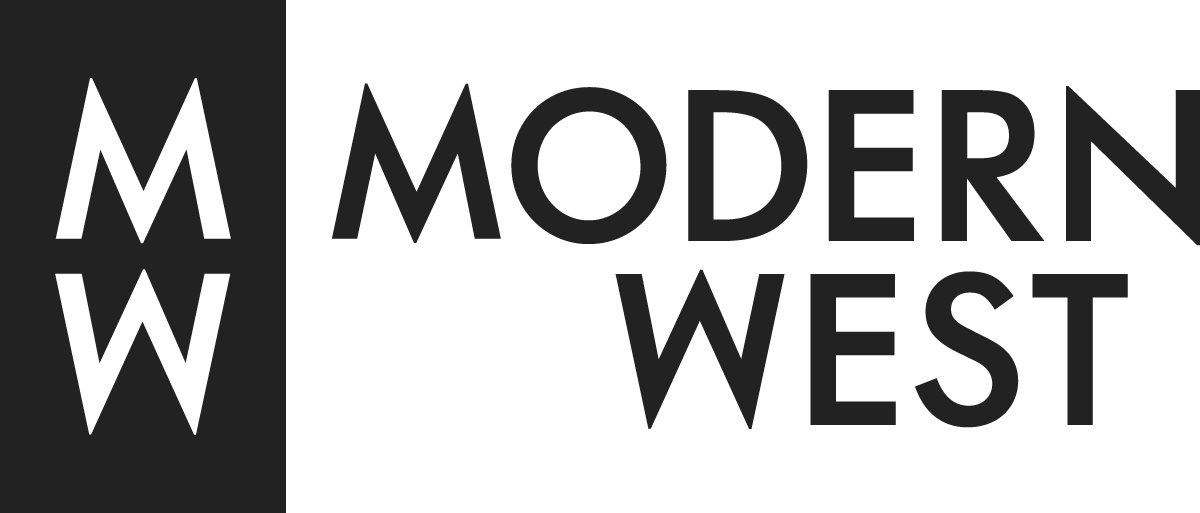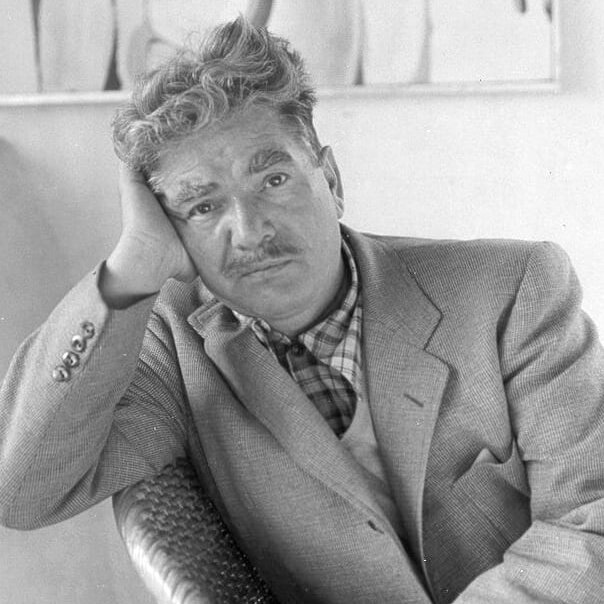LOUIS RIBAK / JANUARY 1- MARCH 31
Louis Leon Ribak (1902-1979) was a Modernist celebrated not only for his experimental work, but also for his unwavering commitment to challenge the expectations of what it meant to be an artist in an evolving art world. From a young age Ribak would sketch scenes of his life in Europe, and, after his family immigrated to New York City, he chose to abandon his father’s assignment of continuing the family hat business and instead pursued a career which ultimately impacted both the realists in bustling cities and the abstract expressionists of the vast desert.
In the nature of his migrant upbringing, social class and economic disparities were frequently a concern of Ribak’s early work. His paintings, sketches and prints often fit the ideals of the Social Realism movement, rendering everyday human interaction and scenery of an escalating depressive state of American life. In working through this subject matter, the artist maintained a relatively muted palette until a stylistic shift in the 40s.
Louis Ribak, Riot!, early work
Ribak’s life changed for the better when he met fellow artist Beatrice Mandelman at a dance hosted by the New York Artists Union. The two quickly bonded and in 1942 they were married. It was noted Ribak’s palette began to lighten and one critic described “a veil of somberness seemed to have been lifted” from his work.
Around this time, Ribak began to feel a restraint within the New York art scene and, with recent changes to his practice, thought relocation would support his new direction. On a trip to Santa Fe, Ribak and Mandelman made their way into Taos, New Mexico and felt embraced by the peaceful scenery and culture. The pair then decided to join the influx of artists looking for a new sense of community and settled in the desert landscape where they would reside for the remainder of their careers.
Taos was the hub for Modernism in the 40s and fostered a collective of like-minded thinkers. By the 50s, it had become home to numerous artists – Agnes Martin among them – and the group as a whole became known as the Taos Moderns. These innovators primarily worked in an abstract approach and held a guiding philosophy of seeking the “new” in visual aesthetics.
Louis Ribak and Beatrice Mandelman working together in the studio. Courtesy of the Ribak + Mandelman foundation.
Louis Ribak
Untitled (6), 1960s
acrylic or gouache on paper 27.5 in x 39.25 in. $4,500
Louis Ribak was one who took the risk of reinventing his entire practice and successfully ventured out of representational portraits into very minimal compositions of shape and color. Painting became his means of exploring the dynamic between the soul and the outer world, breaking from the academic ideals which surrounded him in New York.
Photos courtesy of the Ribak + Mandelman foundation.
Both Ribak and Mandelman were integral in starting artist cooperatives and galleries that would support the growing community in New Mexico. By the mid-60s, many of the Taos Moderns had departed, but Mandelman and Ribak stayed. Their close ties to the landscape continued to subtly influence their particular inflection of Modernism, which strengthened and evolved over the following decades. Ribak remained an ardent advocate of free thinking and preferred to teach an ideology that strayed from traditional academia. He supported and taught these concepts until his death in 1979.




















